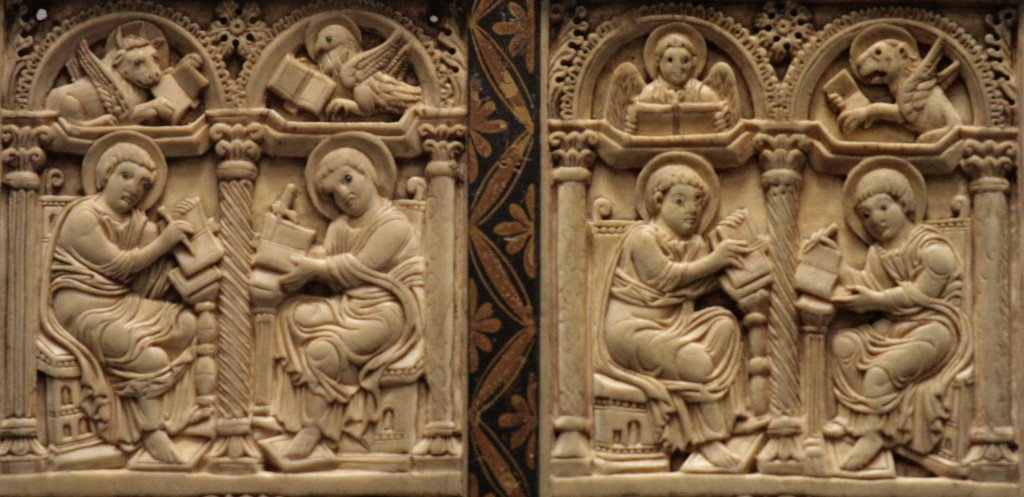
The Four Evangelists with their symbols. Ivory relief, Germany, c.800 AD. In the St. Cecilia Church and Schnütgen Museum, Cologne.
Several years ago when The Da Vinci Code was published, I was intrigued by the outrage coming from Catholics and Protestant Christians and the lack of response by the LDS membership. As I began to investigate the claims made by the book, I was further intrigued to find that, not only Christian Bible Scholars were speaking out against the “bad history” of The Da Vinci Code, but agnostic Bible scholars, such as Dr. Bart Ehrman, were also publishing works disputing the false historical claims made by Dan Brown’s book.
Before The Da Vinci Code had crossed my radar, I had already read some of Dr. Ehrman’s books and highly regarded his scholarship; although at times disagreed with his conclusions. When I saw Dr. Ehrman had written a book arguing against Dan Brown’s bad history, I had to read it. As I read more and more about the history of The New Testament and early Christianity, I decided to write down what I had learned into a brief outline. I like doing this as it helps me organize my thoughts regarding what I have learned; it also provides great material for Sunday School lessons.
Apart from The Da Vinci Code, there were other reasons for my investigating the history of the Bible. One of these was to know if the common LDS view of Bible “mis-translations & scribal errors” held up historically. What did non-LDS scholars have to say on the subject? Was the LDS view being overstated? Were Jesus, Peter, and Paul real historical figures or created myths?
When listening to either a Mormon Stories or a Mormon Matters podcast several months ago, my ears perked up suddenly. Speaking on the podcast was a man, Jared Anderson, studying under Dr. Bart Ehrman himself. A Mormon studying to get a Ph.D. under Dr. Ehrman; I found this very intriguing.
My brother, Paul, has been communicating with Jared, via e-mail, for a few months now. Jared has agreed to do a multi-part post dealing with the history of the Bible. It is the first time we have had a “real scholar” post anything on our blog so we are pretty excited. I am also excited because, hopefully, I will be able to ask questions that I have been unable to find answers to in my readings. Below is the brief outline I wrote several years ago. I have been carrying it around in my scriptures for over five years now. I have updated it every-so-often as I have continued to read. With all this in mind, Paul and I decided to hold off on the resurrection series for a few weeks and to go ahead and post my outline of the history of the New Testament. It is a brief appetizer for what Jared will be presenting in the weeks to come. After Jared’s series of posts are done, we’ll resume the resurrection series again. Enjoy!!
BRIEF OUTLINE OF THE HISTORY OF THE NEW TESTAMENT
“If the King James Bible was good enough for Saint Paul, it’s good enough for me.”
Compiled from the following authors’ books:
Dr. Ehrman’– (1) “Lost Christianities: The Battles for Scriptures and the Faiths We Never Knew”; (2)”Lost Scriptures: Books That Did Not Make It Into the New Testament”; (3)“ Misquoting Jesus: The Story Behind Who Changed the Bible and Why”; (4) “Peter, Paul & Mary Magdalene; The Followers of Jesus in History and Legend”; (5) “Truth and Fiction In the Da Vinci Code: A Historian Reveals What We Really Know About Jesus, Mary Magdalene, and Constantine”. Dr. Ehrman received his Ph.D. from Princeton Theological Seminary and is now the Chair of the Department of Religious Studies at the University of South Carolina at Chapel Hill.
Adam Nicolson, – “God’s Secretaries: The Making of the King James Bible”
Ben Witherington III – (1)“The New Testament Story.” (2)” What Have They Done With Jesus? Beyond Strange Theories and Bad History – Why We Can Trust the Bible.” Dr. Witherington is a professor of New Testament at Asbury Theological Seminary, Wilmore, Kentucky.
Gordon Campbell – “The Story of the King James Version, 1611-201”. Dr. Gordon Campbell is Professor of Renaissance Studies at the University of Leicester.
_________________________________________________________________________________________________________________
50-60 a.d. – Paul writes his first Epistle.
65-80 a.d. – The Gospel of Mark is written. The authors of Matthew and Luke both use Mark’s account as a source for their own stories about Jesus.
Latter-half of 2nd century – The Muratorian Cannon is the oldest surviving New Testament cannon list known to exist. 22 of the 27 New Testament canonical books are include in this list.
First two or three centuries of the church, the Christian texts are being copied by “educated” members of the Christian congregations. These Copies were done “locally”. It is not surprising that different localities developed different kinds of textual traditions. That is to say, that a manuscript in Rome had many of the same errors because they were, for the most part, “in-house” documents copied from one another. Those in Palestine took on their own characteristics which were different from manuscripts produced in Alexandria. It is later that the texts are copied by “professional scribes.”
Third century church father Origen had the following complaint:
“The differences among the manuscripts have become great, either through the negligence of some copyists or through the perverse audacity of others; they either neglect to check over what they have transcribed, or, in the process of checking, they make additions or deletions as they please. (Misquoting, pg. 52-53)
312 a.d. – Constantine converts to Christianity.
325 a.d. Council of Nicea. Athanasius vs. Arius. Athanasius’ view wins (the Doctrine of the Trinity).
331 a.d. – Constantine has Eusebius, Bishop of Caesara, produce 50 bibles at imperial expense.
Sometime around Constantine’s conversion, “professional scribes” began being used. With professional scribes, came less mistakes. But, deliberate additions and deletions did occur; these changes were usually theologically motivated. Modern scholars have come to recognize that the scribes in Alexandria, which was a major intellectual center in the ancient world, were particularly scrupulous. From Alexandria, a very pure form of the texts of the early Christian writings were preserved – decade after decade.
The New Testament had been originally written in Greek; the language of the eastern (ie Jerusalem) Roman empire. The Language of the Western Empire (Rome) was Latin. Eventually Latin translations are made.
393 a.d. – The first synod (small council) to pronounce judgment on which books should be accepted as canonical scripture. Augustine of Hippo, the greatest orthodox theologian of antiquity, threw his weight around behind Athanasius’ list at the Synod of Hippo in Africa.
End of 4th century – Pope Damasus commissions Jerome to produce “official” Latin translation. Jerome chooses one of the best Latin translations available and compares its text with the superior Greek manuscripts at his disposal. Jerome creates a new edition of the Gospels in Latin. Either he, or one of his followers, is responsible for the new edition of the other books of the New Testament in Latin. The Latin Vulgate becomes “The Bible” of the western church. Today there are nearly twice the copies of the Latin Vulgate as there are Greek manuscripts of the New Testament.
1450 a.d. – Johanne Gutenberg makes the first printing press.
1450-1522 a.d. –First printed edition of the Greek New Testament (Complutensian Polyglot). It is the Spanish Cardinal, Ximenes de Cisneros, who produces the Complutensian Polyglot. A polyglot is a text of the Bible in a variety of languages. The Old Testament had Hebrew, the Latin Vulgate, and the Greek Septuagint side by side in columns. Work is done in a town called Alcala who’s name in Latin is Complutum (from where we get the word Complutensian). Volume 5 is completed in 1514. It is completed in it’s entirety by 1517 but needed the sanction of Pope Leo X. It was not distributed (published) until 1522 – five years after Ximenes’ death.
1515-1516 a.d. – First published edition of the Greek New Testament (there’s a difference between something being published versus just being printed). Dutch scholar, Desiderius Erasmus, publishes his Greek New Testament before Ximenes’ New Testament is published. Erasmus relies heavily on 12th century manuscripts of the Gospels and another, also of the 12thcentury, for the book of Acts and the Epistles. For Revelation, he had to borrow a manuscript from the German humanist, Johannes Reuchlin; unfortunately this manuscript was almost impossible to read in places and had lost its last page which contained the final six verses of the book. Erasmus simply took the Latin Vulgate and translated its text back into Greek, thereby creating some textual readings found today in no surviving Greek manuscripts. This is the edition of the Greek New Testament, that for all practical purposes, was used by the translators of the King James Bible a century ago. The edition began in 1515 and was printed in 1516. It had the Latin Vulgate and the rather hastily gathered Greek text and a revised Vulgate – side by side (a polyglot). In his second and later editions, it include his Latin translation instead of the Vulgate. His Greek New Testament became the editio princeps of the Greek New Testament. It becomes the standard form of the Greek text to be published on Western European printers fro more than 300 years.

Erasmus1516. It had the Latin Vulgate and the rather hastily gathered Greek text and a revised Vulgate – side by side (a polygot). In his second and later edition, it included his Latin translation instead of the Vulgate. His Greek New Testament become the editio princeps of the Greek New Testament. It becomes the standard form of the Greek text to be published by Western European printers for more than 300 years.
A key passage of Erasmus’ source manuscripts did not contain 1 John5:7-8 (Johannine Comma). It is found in the Latin Vulgate manuscripts but not in the vast majority of Greek manuscripts. It is the only passage that explicitly delineates the doctrine of the Trinity. Its omission outrages theologians. Erasmus agreed to add it to his New Testament on the condition that his opponents produce a Greek manuscript in which the verse could be found. A Greek manuscript was produced for the occasion. Someone copied out the Epistles from a Greek text and when he came to the passage in question, he translated the Latin text into Greek, giving the Johannine Comma in its familiar, theologically useful form. The manuscript given to Erasmus, in other words, was a 16th century production made- to- order. And now we have it in our King James Bible. The form of the Greek text is based, not on the oldest and best manuscripts, but on the form of the text originally published by Erasmus. Erasmus’ text is called, by textual critics, the Textus Receptus (abbreviated T.R.).
1517 a.d. – Martin Luther writes his 95 thesis. The Reformation begins. Eventually the 5 Solas are produced: Sola Gratia, Sola Fide, Sola Scriptura, Solus Cristus, Soli Deo Gloria.
April 8, 1546 a.d. – Council of Trent. The present day Roman Catholic Bible Cannon is approved.
1550 a.d. – Stephanus’ (Robert Estienne) third edition of the Bible is the first edition ever to include notes documenting differences among some of the manuscripts consulted. Stephanus’ Bible is based on Erasmus’ Editio Princeps.
1551 a.d. – Stephanus divides the Greek New Testament into verses.
1611 a.d. – The King James Bible is translated.
1707 a.d. – New Testament textual criticism really begins by John Mill, fellow of Queens College, Oxford. He prints a version of the Bible with an Apparatus of the Greek New Testament. Mill had access to the readings of some one hundred Greek manuscripts of the New Testament. He also examined the writings of the early church fathers to see how they quoted the text. To the shock and dismay of many of his readers, Mill’s Apparatus isolated some thirty thousand places of variation among the surviving witnesses.
Mill was quickly on the receiving end of scathing attacks. The conservative Protestant theologian, Daniel Whitby, suggested that Roman Catholic scholars would be all too happy to show, on the basis of the insecure foundations of the Greek text of the New Testament, that the scripture was not sufficient authority for faith – that is, that authority of the church instead is paramount.
“A few people have gone to the trouble of learning the ancient languages (Greek, Hebrew, Latin, Syriac, Coptic, etc.) and have spent their professional lives examining our manuscripts, deciding what the authors of the New Testament actually wrote. In other words, someone has gone to the trouble of doing textual criticism, reconstructing the “original” text based on the wide array of manuscripts that differ from one another in thousands of places. Then someone else has taken the reconstructed Greek text, in which textual decisions have been made, and translated it into English. What you read is the English translation – and not just you, but millions of people like you. How do these millions of people know what is in the New Testament? They “know” because scholars with unknown names, identities, backgrounds, qualifications, predilections, theologies, and personal opinions have told them what is in the New Testament. But what if the translators have translated the wrong text? It has happened before. The King James Version is filled with places in which the translators rendered a Greek text derived ultimately from Erasmus’ edition, which was based on a single twelfth-century manuscript that is one of the worst of the manuscripts that we have available to us! … no wonder that some Bible-believing Christians prefer to pretend there’s never been a problem, since God inspired the King James Bible instead of the original Greek!” (Dr. Bart Ehrman, Misquoting Jesus, pg. 209)
“We [LDS] take the scriptures to be literally true. We hold symbolic, figurative, or allegorical interpretation to a minimum, accepting the miraculous events as historical and the moral and ethical teaching as binding and valid. Often evangelicals assume that we LDS accept the Book of Mormon in place of the Bible. This is incorrect. There isn’t a single verse of the Bible that I do not personally accept and believe, although I do reject the interpretive straitjacket imposed on the Bible by the Hellenized church after the Apostles passed from the scene. “ (Dr. S.E. Robinson, Ph.D. in Biblical Studies from Duke University; quoted from Carl Mosser, Mormon Scholarship, Apologetics, and Evangelical Neglect: Losing the Battle and Not Knowing It? Trinity Journal, Fall 1998, pg 107-205)


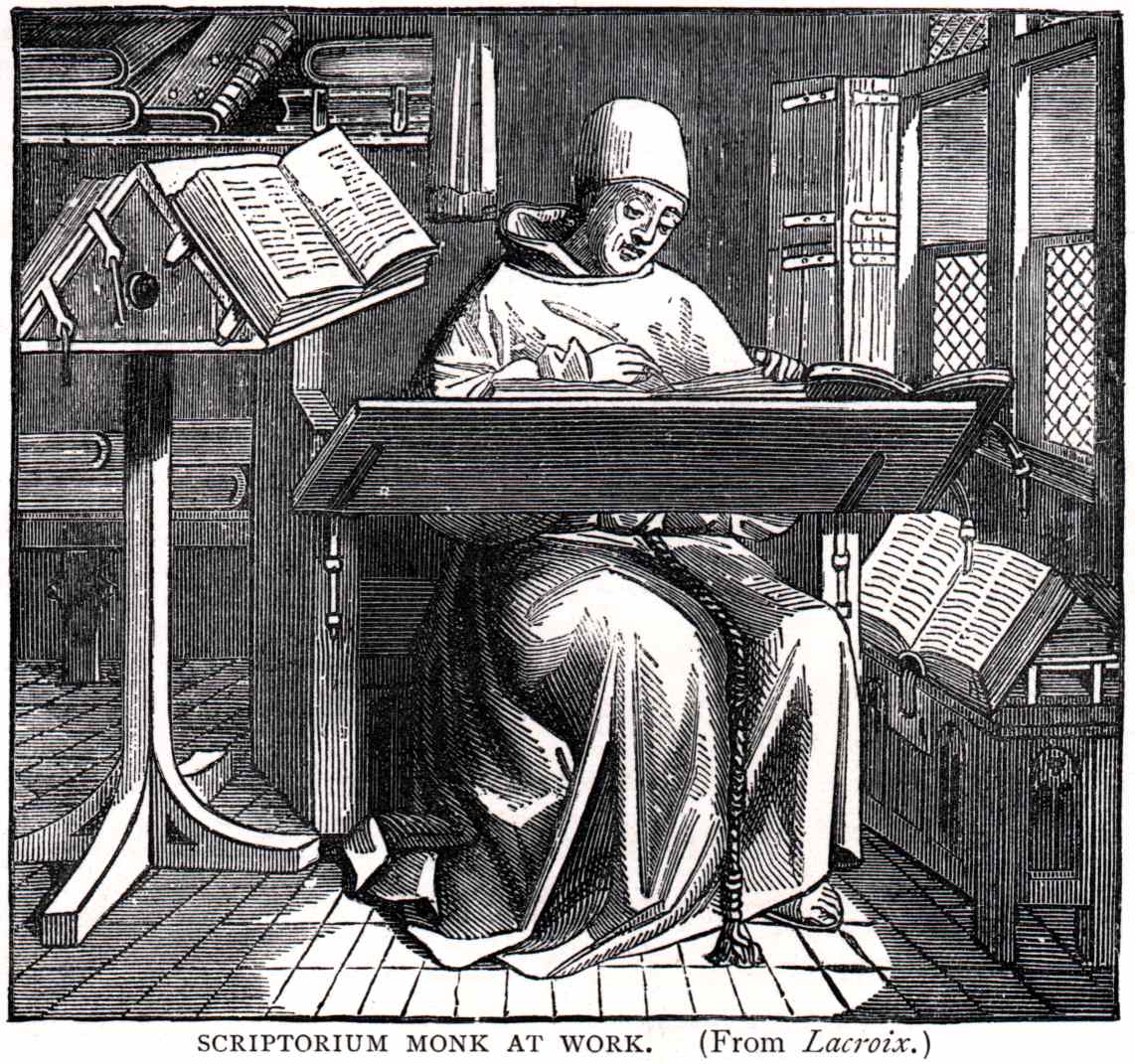
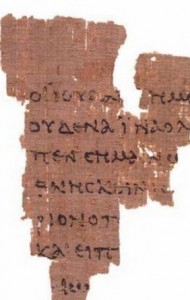

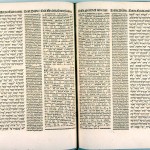
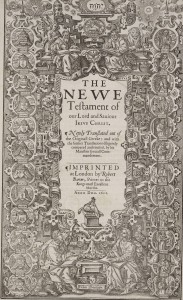



Interesting. It led me to read more on Athanasius and Arius. I found Constantine’s persecution of Arian beliefs and then his baptism by one of its leaders ironic.
Jeff,
I gave a lesson at the end of last year to all of the young men. It dealt with the apostasy. We went into some detail about the Trinitarian debate and the Nicene Council. It was fun. If you are looking for a good historical explanation of the Trinitarian debate, a good book (and the only one I know of) is William G. Rusch’s book, The Trinitarian Controversy. It is part of a series called “Sources of Early Christian Thought.”
I have tried to decide whether Mormons follow more of an Arius or Athanasius view of God. It seems to me we are more Ariun – with a twist.
It all comes down to the Greek words homoiousios and homoousios. In this case, the iota does make a difference!
I looked into Arius too: http://en.wikipedia.org/wiki/Arius
Interesting how it says, “Although virtually all positive writings on Arius’ theology have been suppressed or destroyed, negative writings describe Arius’ theology as one in which there was a time before the Son of God, when only God the Father existed.”
Thanks for the post; look forward to the upcoming info.
Nate,
Glad to see we have a new reader. You are right – very few of Arius’ writings survived. In the book I mentioned to Jeff, it has three of Arius’ extant letters. I think those are the only ones that have survived. If you would like to read more, look up the meaning of the these two words: homoiousios and homoousios. Write back and tell us where you think Mormon theology falls on those two Greek words.
Here are two of my favorite paintings of Arius:

We would love to hear any further insight or opinions you have
MIke